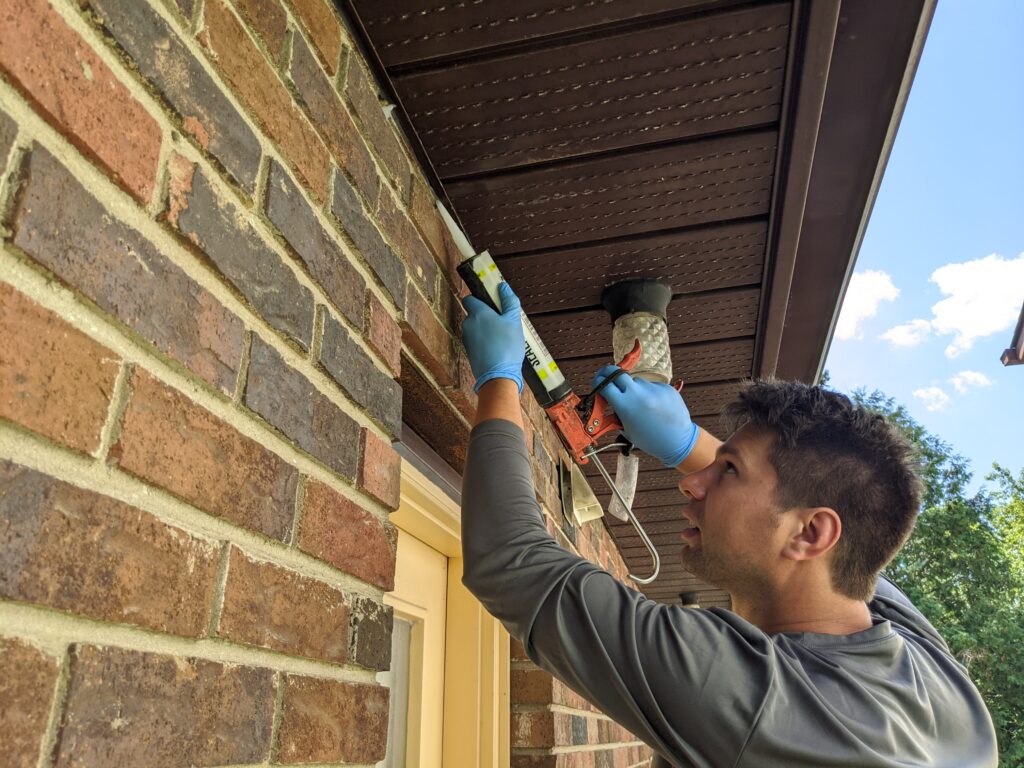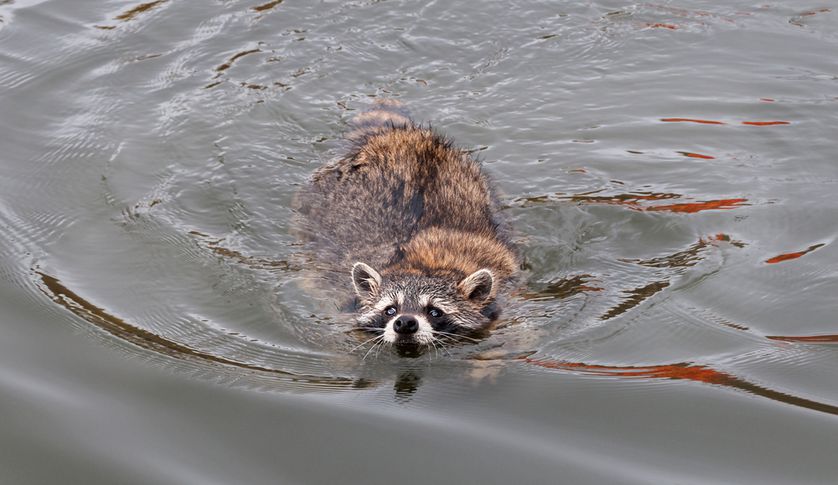Every year as the seasons change, the wildlife around us change their behaviour and habits too. As fall turns to winter and we bring out our warmest blankets, many animals around us are finding or preparing cozy den sites of their own. Our wildlife friends will spend more time than usual in their den sites as they wait out the winter months for the arrival of spring, but what happens when unexpected weather conditions force them to leave?
Extreme Weather in British Columbia
In late fall of 2021, many of Coquitlam’s surrounding regions experienced extreme flooding, closing roadways and damaging homes. This flooding was caused by a combination of last summer’s drought, melting glaciers, and atmospheric rivers. An atmospheric river is an extremely large stream of vapour in the sky that can grow to 1,000 miles in length. These rivers can hold up to a month’s worth of rain water, and be released over a span of days, potentially forcing thousands of animals out of their den sites.
While Coquitlam and many regions in British Columbia experience cold winters similar to the rest of Canada, these areas are more susceptible to extreme bouts of heavy rainfall throughout in comparison to snow. With floods on the rise throughout British Columbia, the rainfall only becomes more difficult for wildlife to predict and adapt to. Flooded conditions make a wild animals’ search for food and a safe, secure den site extremely difficult.
Flooding is not the only extreme weather condition in the area that impacts wildlife. The recent wildfires have had devastating effects, creating a difficult environment for new vegetation to regrow, and for wildlife to thrive each year.
How Does Extreme Weather Impact Wildlife?
Wildlife are dependent on the natural cycle of the seasons to survive, spending the warmer months bulking up to rest for winter. When this natural cycle is interrupted, there can be many negative consequences for wildlife.
Extreme weather such as flooding and wildfires pushes wildlife out of their den sites and destroy the surrounding areas. This may mean more animals looking for shelter in your home. As animals become more desperate, the idea of being surrounded by humans becomes more manageable.
During the winter, many of our wildlife friends enter hibernation or a sleep state known as torpor. Racoons, squirrels, and skunks will enter this state for weeks at a time only waking when supplies grow low, or temperatures rise. As extreme weather conditions impact temperature levels, many animals are woken early, without a proper food supply for their early rise. This may result in more wildlife activity during the winter months when they are supposed to be resting, and can increase the risk of animals coming to your home to seek shelter, or restock their food supply.
Where Does Wildlife Go?
As wildlife are pushed further from their natural homes, they move closer to ours. Attics, sheds, decks, and vents make for a warm winter shelter. Wildlife are resourceful, they can find entry points from the top to the bottom of your home, sometimes leaving little evidence of their arrival.
Once inside your home, wildlife can cause thousands of dollars in damages by destroying entry points, insulation and structural integrity. These damages can be potentially hazardous if wires are chewed or dry material is stored in exhaust vents.
Get Professional Wildlife Control in Coquitlam

Skedaddle Humane Wildlife Control has become Canada’s largest wildlife control company, using safe and tested techniques. Our process of removal and exclusion creates a humane long term solution for your wildlife problem. Skedaddle technicians can seal all the weak areas of your home, and properly clean odours and contamination left by wildlife. Without professional removal and prevention, you put yourself at risk of disease or injury, and make it easier for wildlife to return. If you have noticed signs of wildlife around your property, contact us today to learn more, or schedule a consultation.



